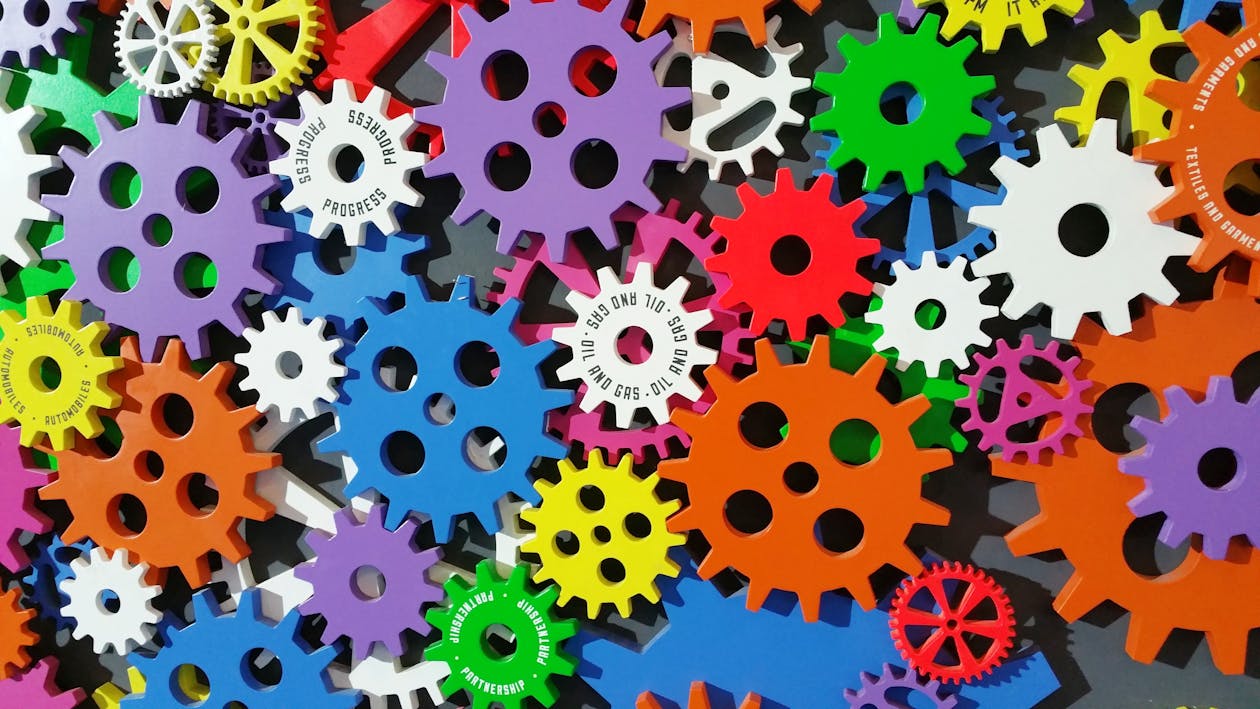The Future of Work: Adapting to Technological Disruption
- Get link
- X
- Other Apps
The future of work is being reshaped by rapid advancements in technology, automation, and artificial intelligence (AI), leading to significant disruptions in labor markets, business operations, and employment trends. As industries evolve and traditional job roles are transformed, individuals, businesses, and policymakers alike must adapt to the changing landscape of work to remain competitive and resilient. This article explores the key drivers, challenges, and strategies for adapting to technological disruption in the future of work.
Drivers of Technological Disruption
Technological disruption in the future of work is driven by several key factors, including advances in AI, robotics, machine learning, and digitalization. Automation technologies are increasingly capable of performing routine tasks, leading to the displacement of jobs in manufacturing, retail, and administrative sectors. Furthermore, the rise of the gig economy, remote work, and flexible employment arrangements is changing the nature of work, blurring the lines between traditional employment and independent contracting. As businesses seek to leverage technology to improve efficiency, productivity, and innovation, the workforce must adapt to new skill requirements, job roles, and employment models.
Challenges and Opportunities
The shift towards a technology-driven future of work presents both challenges and opportunities for individuals, businesses, and society. On one hand, concerns about job displacement, income inequality, and skill shortages loom large, as automation threatens to eliminate certain job roles and exacerbate disparities in access to employment opportunities. On the other hand, technological disruption also creates opportunities for innovation, entrepreneurship, and economic growth, as new industries, job roles, and business models emerge. To harness the potential of technological disruption, individuals must embrace lifelong learning, upskilling, and reskilling to remain competitive in the labor market, while businesses must invest in workforce development, talent management, and organizational agility to adapt to changing skill requirements and market demands.
Strategies for Adapting to Technological Disruption
Adapting to technological disruption requires a proactive approach from individuals, businesses, and policymakers. Individuals must cultivate a growth mindset, embrace continuous learning, and develop skills that are in demand in the digital economy, such as data analysis, digital literacy, and problem-solving. Lifelong learning initiatives, online courses, and vocational training programs can help individuals acquire new skills and stay relevant in a rapidly changing labor market. Businesses, meanwhile, must prioritize talent development, diversity and inclusion, and digital transformation to attract and retain top talent, foster innovation, and drive organizational growth. Moreover, policymakers play a critical role in shaping the future of work by implementing policies that support workforce development, encourage innovation and entrepreneurship, and ensure that the benefits of technological disruption are shared equitably across society.
Building a Resilient Workforce and Economy
In conclusion, the future of work is characterized by rapid technological disruption, which presents both challenges and opportunities for individuals, businesses, and society. By embracing lifelong learning, investing in talent development, and fostering innovation, we can build a resilient workforce and economy that thrives in the face of technological change. With proactive adaptation strategies and collaboration between stakeholders, we can shape a future of work that is inclusive, equitable, and sustainable for all.
- Get link
- X
- Other Apps


Comments
Post a Comment
Thanks for your comment. *_*